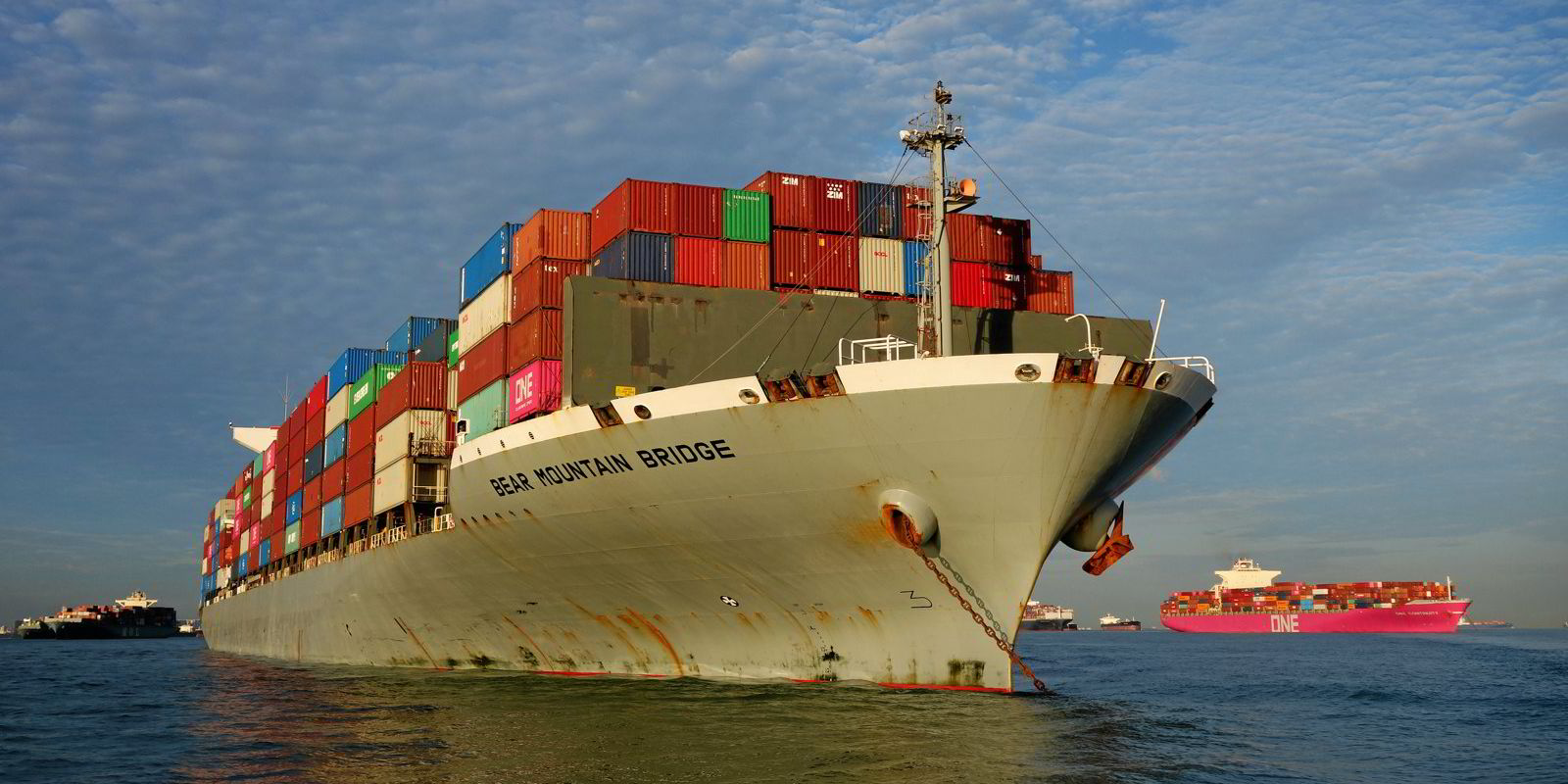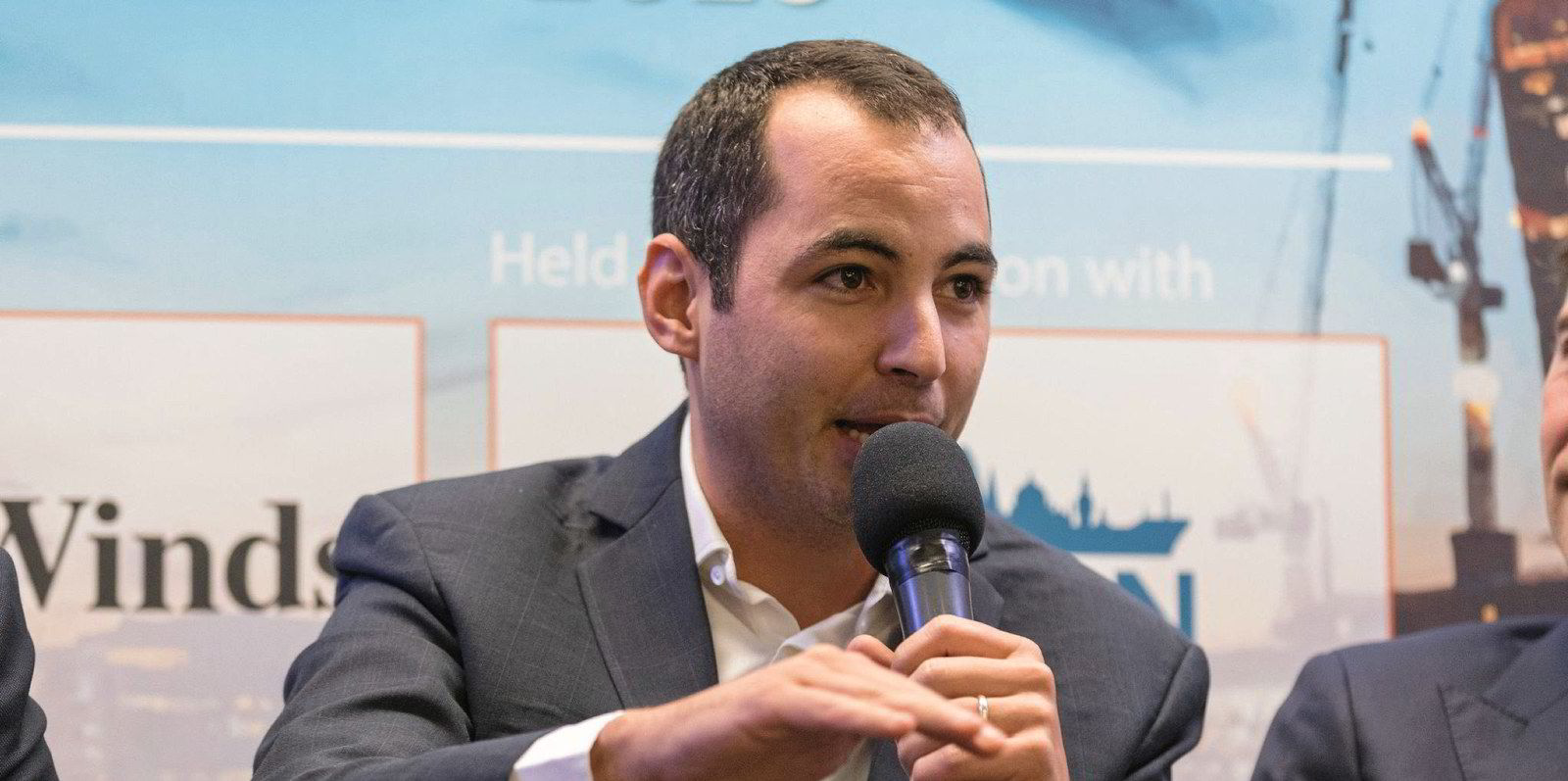Liner shipping may have enjoyed an unexpected boom during the pandemic period but it has nevertheless been forced to adapt to numerous unanticipated headwinds, including changes in trade patterns and geopolitical events.
Ocean Network Express (ONE) chief executive Jeremy Nixon said the most immediate impact was during the supply chain shock in China at the onset of the pandemic, which led to reductions in production in Chinese factories.
“That created a push up in terms of production moving elsewhere, particularly to South East Asia,” he said.
“Today, what we’re seeing is that most of our customers are trying to hedge their risks. They still maintain a big book of Chinese orders and production. Our latest assessment is that export demand for 2022 out of Japan, South Korea, Taiwan and South East Asia looks particularly strong.
“We think that is probably because so many customers want to balance the risks between their strong China sourcing and these other locations.”
Nixon said the Covid-19 situation continues to affect exports from China.
“Covid-19 has not gone away,” he said. “Actually, it’s almost done a full circle now, where we’re back in a situation where we’re starting to see some quarantining and lockdown restrictions in China again, especially in Shenzhen, and in parts of Ningbo and Shanghai.”
Launched: April 2018
Headquarters: Singapore
Chief executive: Jeremy Nixon
Network: Worldwide
Fleet strength: 220 boxships
Fleet capacity: 1,611,060 teu
Ranking: Sixth largest in the world (as of September 2021)
Shareholders: K Line, MOL, NYK
Nixon said this recently led to further quarantining, and also some pullback in terms of booking production, and some delays to vessels in terms of berthing.
He said the liner industry still faces a lot of bottlenecks caused by the pandemic, particularly in North America.
“We have over 100 ships waiting on the East Coast and West Coast combined,” he said. “So that’s about three weeks’ worth of production just waiting to get discharged.
“So even if we were to see a sharp drop-off in cargo bookings, which I don’t believe will be the case, we’d still have quite a lot of freight and ships waiting in the queue that would still need to be addressed.”
Although ONE expected some level of normalisation in port congestion over the second half of 2022, Nixon said there could be further disruptions in US west coast ports because of collective bargaining negotiations over labour contracts for workers belonging to the International Longshore and Warehouse Union. The current contracts expire in June.
“We are just in the process of working through the negotiations with the unions as a collective industry,” he said. “Feedback from our North American colleagues, the ports industry and many of our customers is that the expectations that they could be resolved that easily are maybe not so high.
“We may see some slowdown in productivity or delays associated with the negotiations during June, July and August. That is already being factored into our operational planning, and also many of our customers in terms of how they’ve contracted this year, where space seems to be the key focus rather than necessarily unit price.”
On rates, Nixon revealed that talks on new transpacific contracts, which take place from May onwards, have shown significant increases in the freight price, “to the extent that customers are locking in a one-year or even longer close to the spot market or if not higher than the current spot market that we’ve witnessed in 2021”.
About 50% of ONE’s freight is on long-term contracts.
Rates for spot market cargoes, which may be weekly, fortnightly, monthly or three-quarter-type facility contracts on rate and volume, have been very high.
Nixon lamented that Russia’s invasion of Ukraine is also creating headwinds for the liner industry.
The direct impact on ONE is minimal as Russia accounts for only about 1% of its global cargo volume, but nevertheless Nixon was concerned about the knock-on effects specifically in terms of the energy situation and the high upward movement in fuel prices.
“Many of our customers are involved in quite integrated supply chains, none more than the automotive sector,” he said. “We’ve seen, for example, closures of plants in Saint Petersburg, and we’ve also seen certain automotive components that are being manufactured in Ukraine now having some knock-on impact on the supply chain.”






